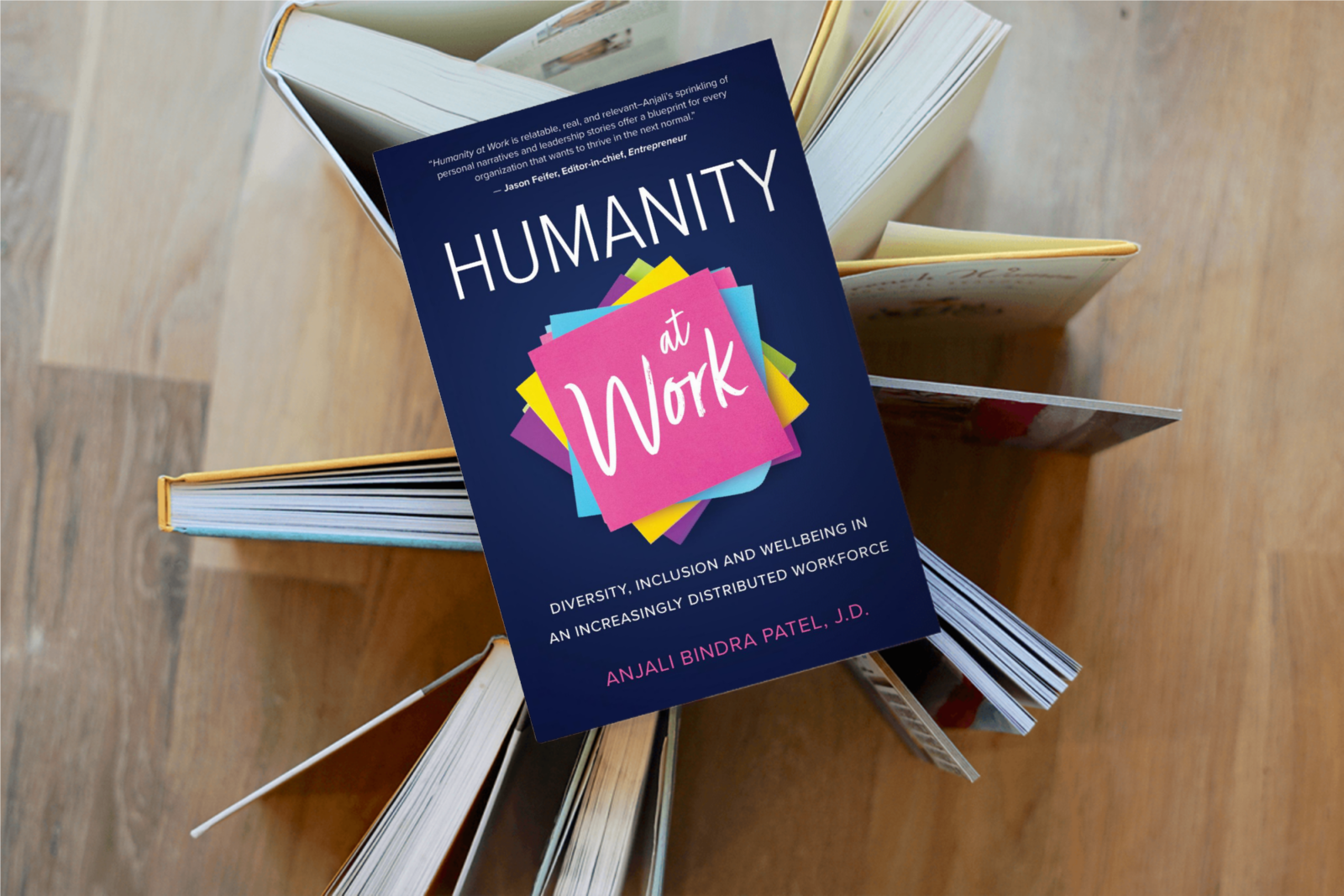In their book Conscious Capitalism, John Mackey and Raj Sisodia talk about doing what is right because it’s right. Conscious businesses, they say, have a simple but powerful belief: the right actions undertaken for the right reasons generally lead to good outcomes over time. They treat their stakeholders well because it is the right, humane, and sensible thing to do and because humanity is also smart business practice.
The authors take this analysis a step further by asking, “How would I feel if what I’m doing right now is written up on the front page of the New York Times or the Wall Street Journal?” [1]
Honestly, it’s a solid question to ask. If you looked at your company’s diversity numbers, what would you see? Would your organization’s diversity be broader than gender and race? Would it also be diverse in age, thought, and physical abilities? Would you see the same diversity in the leadership ranks as you saw at the entry-level? What would your workforce say about inclusion and wellbeing? Knowing that almost 7 out of 10 people feel disengaged at work, did you ask your own people how they were and what they needed?
If you took a collective pulse of your organization today, how would your headline read? Would you be proud?
Talking about diversity, inclusion, and wellbeing can be challenging, and initiating company-wide changes to create a more welcoming environment can seem nearly impossible. Companies generally hire through their networks that reflect the race, gender, and ethnicity of the people in their leadership ranks. But as more and more companies move to a remote or distributed workforce, it’s time to start asking: does this old school network rule apply anymore?
In an increasingly remote workforce, we are no longer confined to searching for the best people in the radius closest to our company. We can, and should, search for the best people, period. Those people will be from varying backgrounds, ages, abilities, races, and cultures. Systems can be put in place to make collaboration, creativity, and communication part of the organization’s DNA. All of this doesn’t happen on its own, though. It happens by choice.
A perfect example of diversity, inclusion, and wellbeing in a remote setting is Kevin Smith from Abstract, a remote start-up discussed throughout the book. Abstract allows its employees to work anywhere in the US because the company believes that creating and nurturing a distributed culture is the key to inclusion and wellbeing. Remote work isn’t an adjustment or an afterthought: it’s the foundation of how they work.
Co-founders Kevin and Josh (yes, I know the names sound monolithic but hear me out) made it their mission to invest in finding talent from underrepresented communities. They didn’t stop at diverse hiring, though. They worked to build cultures that support their employees as multi-hyphenated individuals. Inclusion made their company more resilient by increasing its diverse inputs and perspectives, letting them create better products. It’s also the right thing to do.
The founders of Abstract said it best: “How you build is just as important as what you build. Perhaps more so.” [2]
Wellbeing is very much connected to diversity and inclusion, not an elusive standalone issue to be addressed solely by a local gym or physical trainer. To build a compassionate culture, wellbeing of our people has to be addressed. Best-practice diversity and inclusion programs recognize wellbeing as a diversity and inclusion issue. Many individuals will experience mental health challenges that may prevent them from participating fully at work. Inclusive employers take a close look at the work environment and practices to identify psychological injury risks and transfer skills to employees for managing stress.
For wellbeing of your workforce, ask yourself the following:
- Do you encourage breaks, both mental and physical?
- Are you setting realistic timelines and achievable goals, or are you leading your best team members down a path toward burnout?
- Do you provide access to mental health services? What are you doing to reduce the stigma of those seeking assistance with mental health?
- Have you addressed the largest sources of stress at your organization? Are they based on financial, social, mental, or physical challenges?
- Do you offer customizable wellbeing programs focused on occupational, physical, financial, emotional, and spiritual wellbeing?
Many companies have started taking steps in the right direction but our work is far from done. Building inclusive and empathetic communities is an ongoing process and will ultimately distinguish the most successful, enduring organizations from all the others.
While no one has all the answers, we know the path forward requires compassionate and empathetic conversations with each other. We have to make the conscious decision to value diversity, inclusion, and wellbeing, and we need to live our missions. We need to honor our differences. We need to celebrate them. We need to embrace them because that is what the successful, compassionate cultures of tomorrow will do.
This piece was an excerpt from Anjali Bindra Patel’s latest book, Humanity at Work. To read Humanity at Work in its entirety, click on the link below.
[1] John Mackey and Rajendra Sisodia, Conscious Capitalism: Liberating the Heroic Spirit of Business (Boston: Harvard Business Review Press, 2013), 209.
[2] Josh Brewer, “Inclusion is a Choice,” Abstract, January 17, 2019.


